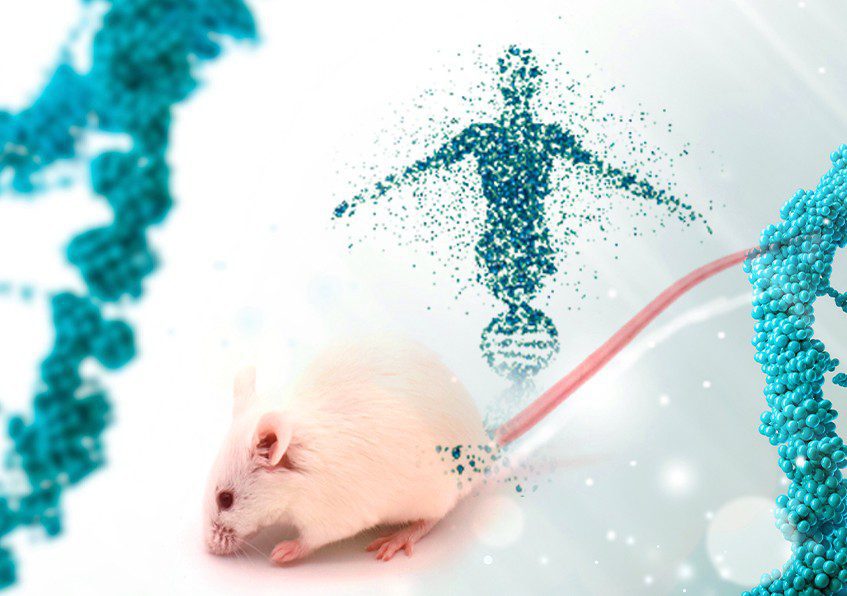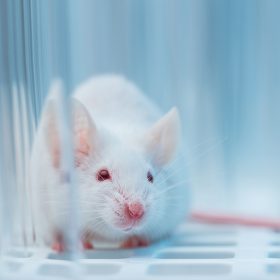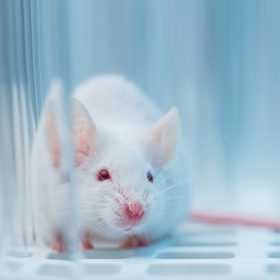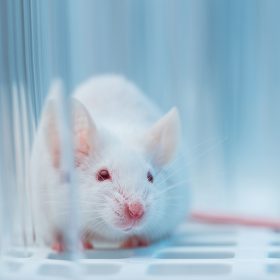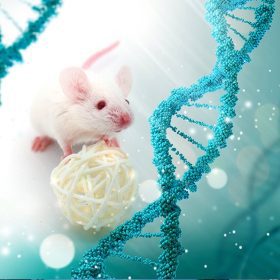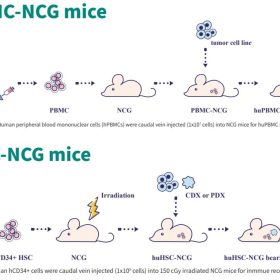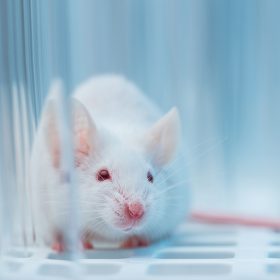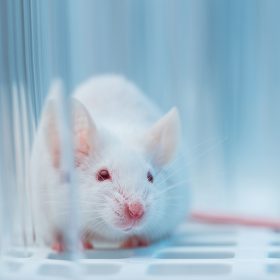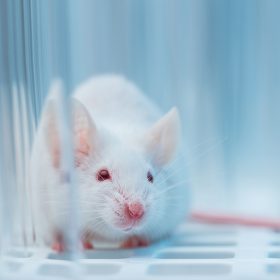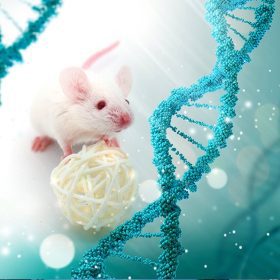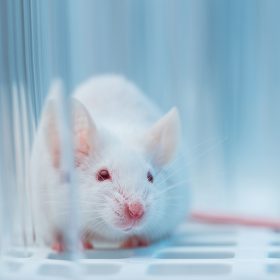Human Xenograft Models
Add to cart
Categories: Animal Models (Preclinical)CategoriesDisease Mouse ModelsDrug Discovery & DevelopmentImmuno-Oncology Mouse ModelsPreclinical ResearchResearch Fields
Tags: autoimmune diseasecancer immunotherapycell and gene therapydrug discoveryimmune-oncologymetabolic diseaseNeurodegenerative diseasepreclinical efficacy studiesrare disease
Xenograft is a tissue graft or organ transplant from a donor of a different species from the recipient.
When using mouse models for the study of human diseases, the most common type of xenograft is the transfer of human tissue, including cells, biopsies or the entire organ to a mouse recipient.
To study GvHD (graph vs host disease), healthy tissues from the human donor are xenografted onto a healthy immunocompetent mouse recipient. To study the preclinical efficacy or safety of a candidate drug in treating a human disease, patient or diseased human tissue is xenografted onto a mouse recipient. In order to sustain the xenografted human tissue, GvHD needs to be avoided as much as possible.
For this purpose, immunodeficient mice are required. Such strains include spontaneous mutant strains such as nude, scid, NOD, NOD-scid, and genetically engineered strains including loss of function mutations of Rag1, Rag2, Il2rg, B2m, HLA and their various combinations.

